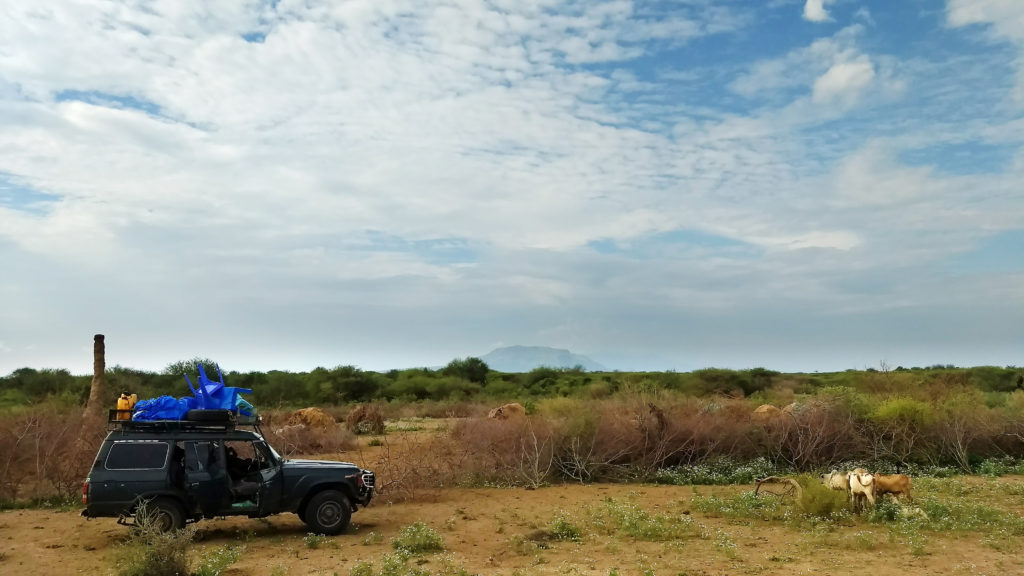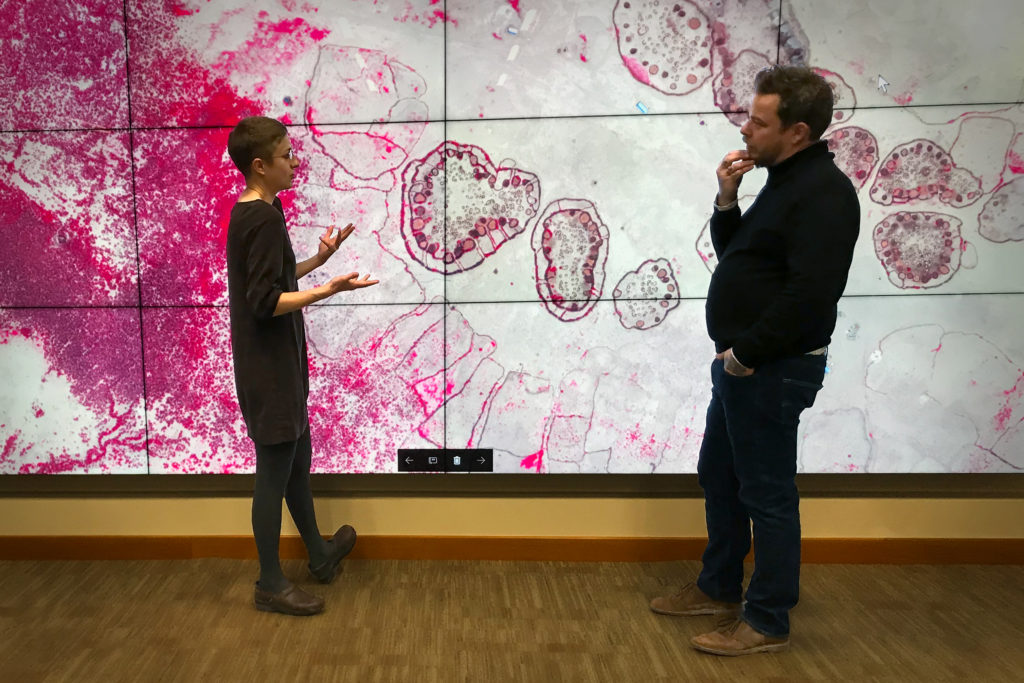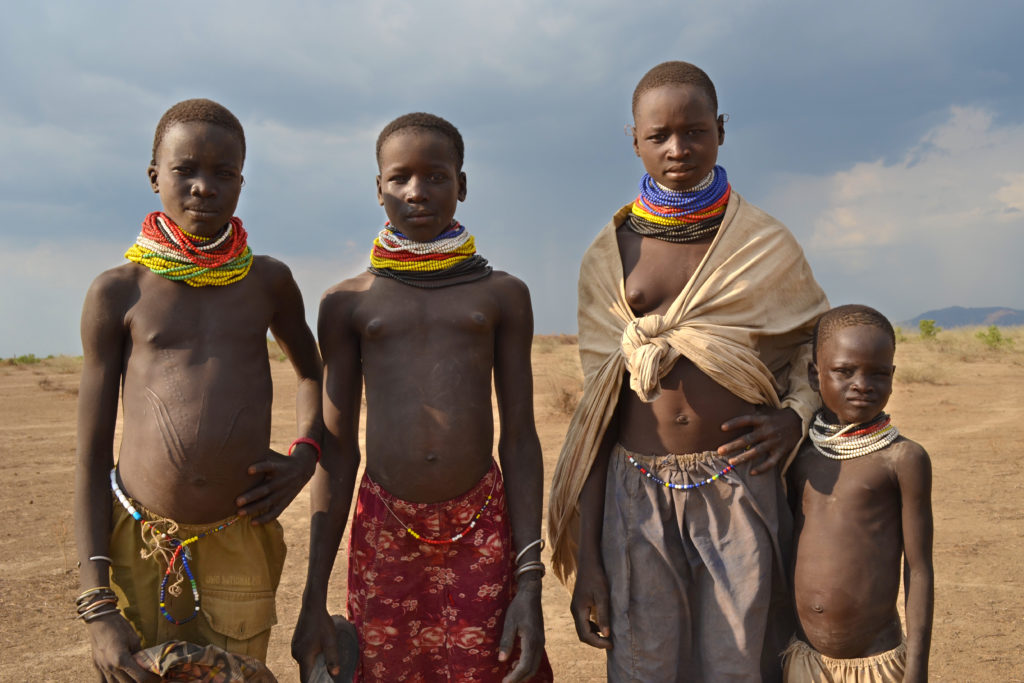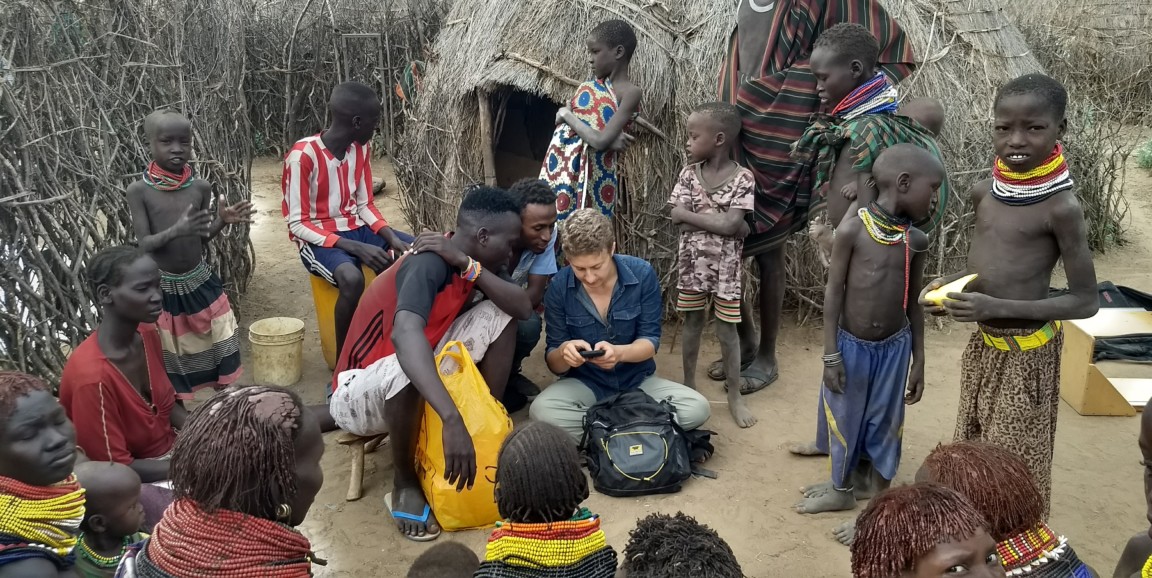Hannah Wild was a first-year medical student when she approached Michele Barry, MD, senior associate dean for global health, and asked for help. Wild wanted to design and implement a demographic and health study in the Omo River Valley of Ethiopia.
"I thought she was totally insane to go out alone in dangerous pastoralist areas of conflict," Barry said. "I tried to dissuade her -- and I am not one to avoid risk in global work."
Turns out Wild wasn't risk-averse either. A native Vermonter who grew up on a farm, she graduated from Harvard and moved to Africa to live and work with the Nyangatom people for 18 months before enrolling at Stanford's School of Medicine. She knew the region. She knew the risks and she wanted to go back.
"She was one of the most persistent students I have met and had the background and fluency of culture that could make her effective," Barry said.
The Nyangatom, and other pastoralist tribes, rarely show up in demographic studies because they're on the move, almost all the time.

"As I set about trying to design a study, I tried to see what methods existed to generate representative sampling frames among nomadic groups," Wild said. "I looked high and low thinking maybe I was just inexperienced and ignorant but there was really no solution to that. Several methods have been tried, but none had gone well or were scalable."
Barry sent Wild to Stanford's Geospatial Center where she met Stace Maples, a geospatial manager whose Twitter handle is @mapninja.
Solving global health challenges almost always demands a multidisciplinary approach -- physicians working with policymakers working with engineers and others. And all of them need data to guide their decisions.
To gather the data in the Omo River Valley, Wild needed expertise in satellite imagery and mapping. And Maples was eager to share.

"This is an ethos that imbues everything in the library system -- serving everyone in a discipline agnostic way," Maples said. "Librarians have always been the people who get information for people. That kind of leadership at the library level is a really important part of the innovation of projects at Stanford."
I tell the story of their successful collaboration in a Stanford News article.
Together, Maples and Wild were able to determine where the Nyangatom would be in real-time and generate a sampling frame that was representative of the population. And with that, Wild was able to get into the field and gather information that will have real-world implications, both for the Nyangatom and other communities like theirs.

Photos in Africa by Luke Glowacki; Stanford photo courtesy of Hannah Wild




